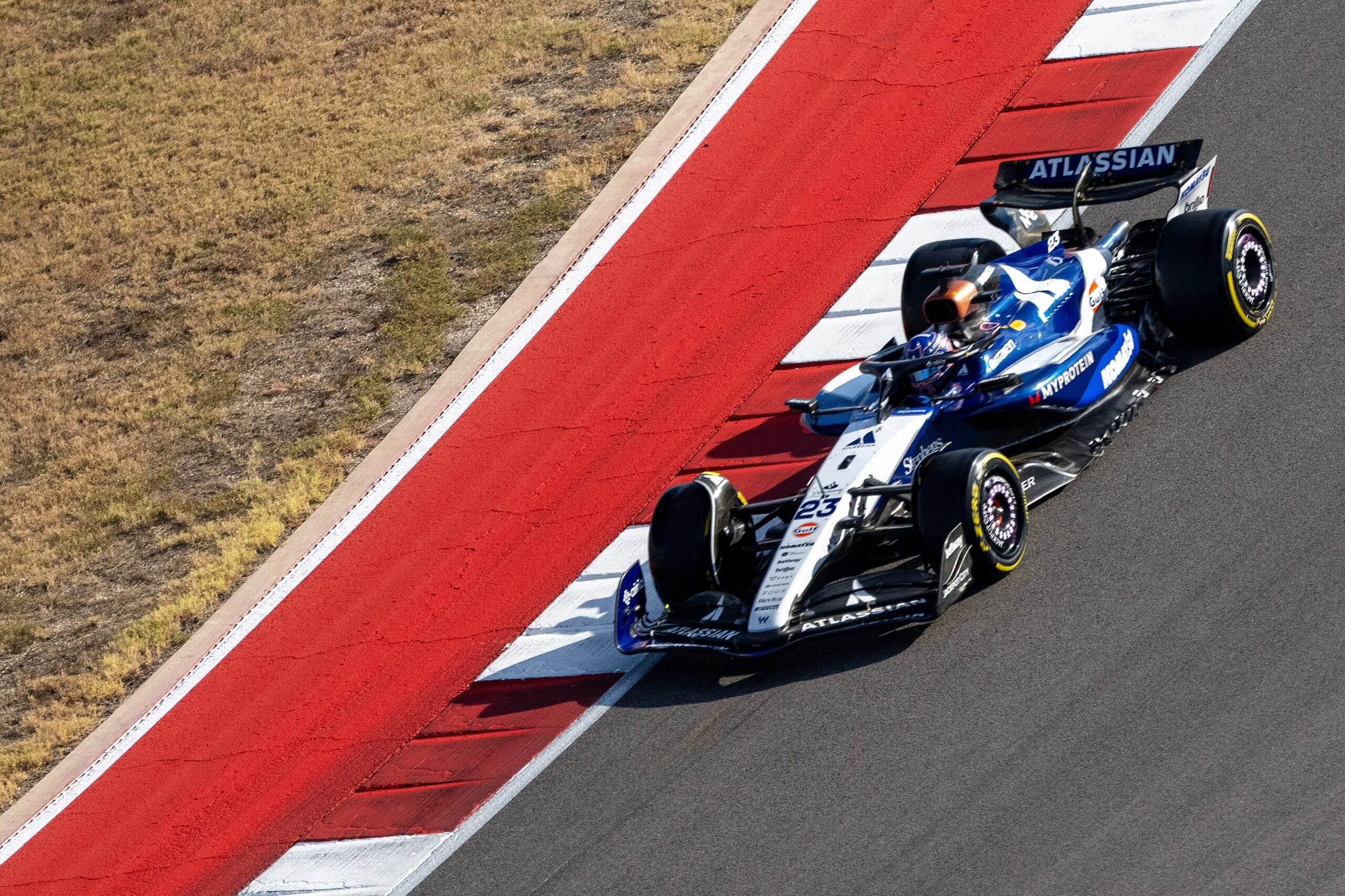Williams Racing achieved a significant milestone during the recent Azerbaijan Grand Prix, where Carlos Sainz secured a podium finish. This marked the team’s first full-length grand prix podium since 2017, emphasizing a remarkable turnaround for an organization that once dominated Formula 1. The achievement signals a revival after years of underperformance and financial struggles.
The team has been under the ownership of American investment firm Dorilton Capital since 2020. This acquisition, though challenging for the Williams family, ensured the team’s future and aimed to rebuild its legacy. In an interview with The Athletic, Dorilton chairman Matthew Savage explained that the firm was committed to a long-term strategy, stating, “We wanted to stay the course, really invest behind the name, bring it back to the front of the grid.” This approach has started to bear fruit, with Williams now positioned among the top teams in the midfield.
The transformation of Williams has been nothing short of remarkable. Just five years ago, the team was struggling to keep pace, finishing last in the constructors’ championship for three consecutive seasons. In 2020, Williams failed to score a single point, but Savage recognized the need for substantial investment to regain competitiveness. He estimated that rival teams like Mercedes, Red Bull, and Ferrari were spending up to five times Williams’ annual budget of approximately $150 million.
The introduction of a cost cap in 2021, limiting team expenditures to $145 million (with a reduction to $135 million planned for 2025), was pivotal for Dorilton’s investment strategy. According to Savage, the cap allowed for a more level playing field in F1, helping to improve team valuations and providing incentives for investors.
Under Dorilton’s stewardship, Williams has made significant operational changes. These include implementing modern accounting systems to replace outdated methods. The appointment of James Vowles as team principal in January 2023 was a key moment in this transformation. Vowles, who previously worked with Mercedes, recognized the potential within Williams and has been instrumental in articulating the team’s vision. He noted, “Every penny I’ve asked for, they’ve provided,” highlighting the strong support he receives from Savage and fellow board member James Matthews.
Vowles’ analysis of team needs was immediate. Within a week of his arrival, he identified the necessity for a new driver-in-loop simulator, which cost over $13 million, a request that was quickly approved. His clear vision and competitive spirit are seen as vital assets as Williams aims for a sustainable return to success in F1.
Savage acknowledged that Dorilton had considered alternative strategies, such as adopting a B-team model, but ultimately decided against it. He noted, “I could have made a nice turn if I wanted to flip it,” referencing the potential for a quick profit after acquiring the team just before F1’s surge in popularity. Instead, Dorilton is focused on long-term growth and stability.
F1 team valuations have skyrocketed in recent years. The recent minority stake sale of McLaren valued the team at over $4 billion, while Aston Martin reached $3.2 billion. Savage reported that he receives inquiries about investing in or purchasing Williams at least twice a week, but he made it clear that Dorilton has no intention of selling. “The intention is to hold this for the long-term and retain 100 percent ownership,” he confirmed.
Dorilton’s investment extends beyond the race team. It has launched a STEM program aimed at students aged eight to 18, funding educational classes at the Williams factory. This initiative is designed to inspire interest in STEM careers, benefiting over 12,500 students this year alone. Vowles described this commitment as part of a broader strategy to enhance Williams’ standing in F1 and the community.
As the 2025 season progresses, Williams is on track for a top-five finish in the constructors’ championship, sitting 30 points clear of sixth place with six races remaining. The success of Sainz has been complemented by consistent performances from driver Alex Albon, who has contributed significantly to the team’s points tally.
Looking ahead, Williams eyes the 2026 season as a pivotal moment, coinciding with a major shift in F1’s car design regulations. Savage has stressed the importance of starting this new regulation cycle on solid footing. He expressed confidence that the groundwork laid over the past five years will culminate in competitive performances. “In five years, we hope to be competitive for podiums and we hope to be competitive for the championship,” he said.
In summary, Williams Racing is not only focused on immediate results but also on building a legacy that will enable it to compete at the highest levels of Formula 1. The aspirations outlined by Savage and Vowles reflect a commitment to excellence that aims to restore the team to its former glory, emphasizing that this journey is just beginning.
